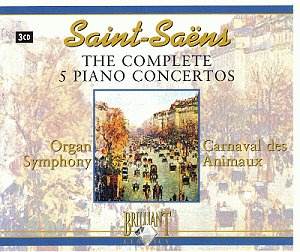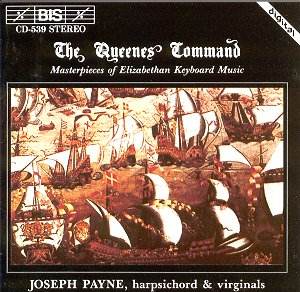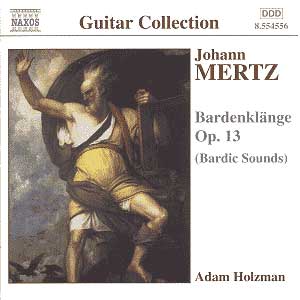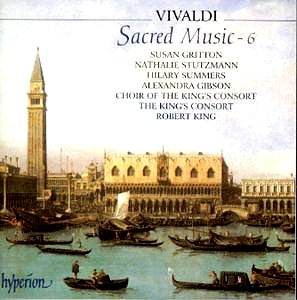 Composer: Silvius Leopold Weiss
Composer: Silvius Leopold Weiss
Works: Lute Sonatas transcribed for guitar
Performers: Kurt Schneeweiß (guitar)
Recording: ARTE NOVA CLASSICS 74321 77063 2
Label: NAXOS
The music of Silvius Leopold Weiss, a contemporary of Johann Sebastian Bach, occupies a distinctive place in the baroque canon, especially as the final great lutenist-composer. Weiss’s oeuvre, characterized by intricate counterpoint and a rich emotional palette, had largely fallen into obscurity following the decline of the lute as a prominent instrument. The revival of interest in his work, particularly since the late 20th century, has been facilitated by transcriptions for modern instruments, notably the guitar. This recent box set of his lute sonatas, transcribed and performed by Kurt Schneeweiß, aims to bring Weiss’s music to a broader audience, yet the execution leaves one yearning for a more nuanced interpretation.
Schneeweiß’s approach to Weiss’s sonatas reveals a fundamental disconnect between the inherent structure of the music and the manner in which it is presented. The sonatas are rooted in dance forms and baroque conventions that demand not only a rhythmic precision but also a keen sensitivity to the stylistic nuances that define each movement. The absence of firm dance rhythms in Schneeweiß’s performances undermines the character of the individual sonatas, leading to interpretations that often feel aimless. Take, for instance, the Ciacconna concluding the Sonata No. 6 in E-flat Major, where the expected grounding in a repetitive bass line is notably lacking, resulting in a performance that meanders rather than builds towards a climactic resolution.
Technical aspects of Schneeweiß’s playing further complicate the listening experience. His interpretations are marked by an overtly free approach, where the pulse that typically distinguishes an allemande from a minuet is often blurred. This lack of differentiation diminishes the architectural integrity of the sonatas, causing the listener to lose track of the unfolding musical narrative. An example of this is found in Sonata No. 4 in G major, where Schneeweiß introduces a personal “Introduction,” a compositional choice that disrupts the flow of Weiss’s carefully crafted structure rather than enhancing it. Such choices—while perhaps well-intentioned—detract from the overall coherence of the performance.
The engineering quality of the recording is adequate, capturing the tonal richness of the guitar, yet it does not compensate for the interpretative shortcomings. The sound is clean and well-balanced, though the absence of dynamic contrast in Schneeweiß’s playing results in a somewhat flat auditory landscape. This is a missed opportunity, as Weiss’s music is replete with expressive potential that demands a more varied dynamic range to convey its emotional depth.
In relation to other recordings, Schneeweiß’s efforts pale in comparison to more successful interpretations of Weiss’s music. Notably, Robert Barto’s performances on the baroque lute present a compelling alternative, showcasing both the technical finesse and the stylistic integrity that Weiss’s compositions warrant. Barto captures the essential dance rhythms and the inherent joy of Weiss’s music, proving that the lute’s distinctive voice remains unmatched in conveying the subtleties of these works. Similarly, Erik Tolstrup’s interpretations on the eight-string guitar, while less accessible, offer an intriguing exploration of Weiss’s music that aligns more closely with its baroque origins.
Kurt Schneeweiß’s transcriptions of Weiss’s lute sonatas, while ambitious, ultimately fail to engage meaningfully with the music’s structure and style. The lack of rhythmic clarity and interpretive rigor results in performances that feel disjointed and lacking in character. For those seeking a genuine understanding of Weiss’s musical legacy, recordings by Robert Barto and Erik Tolstrup stand as superior representations of this rich repertoire, capturing the essence of a composer whose works deserve to be celebrated with the depth and respect they merit.



